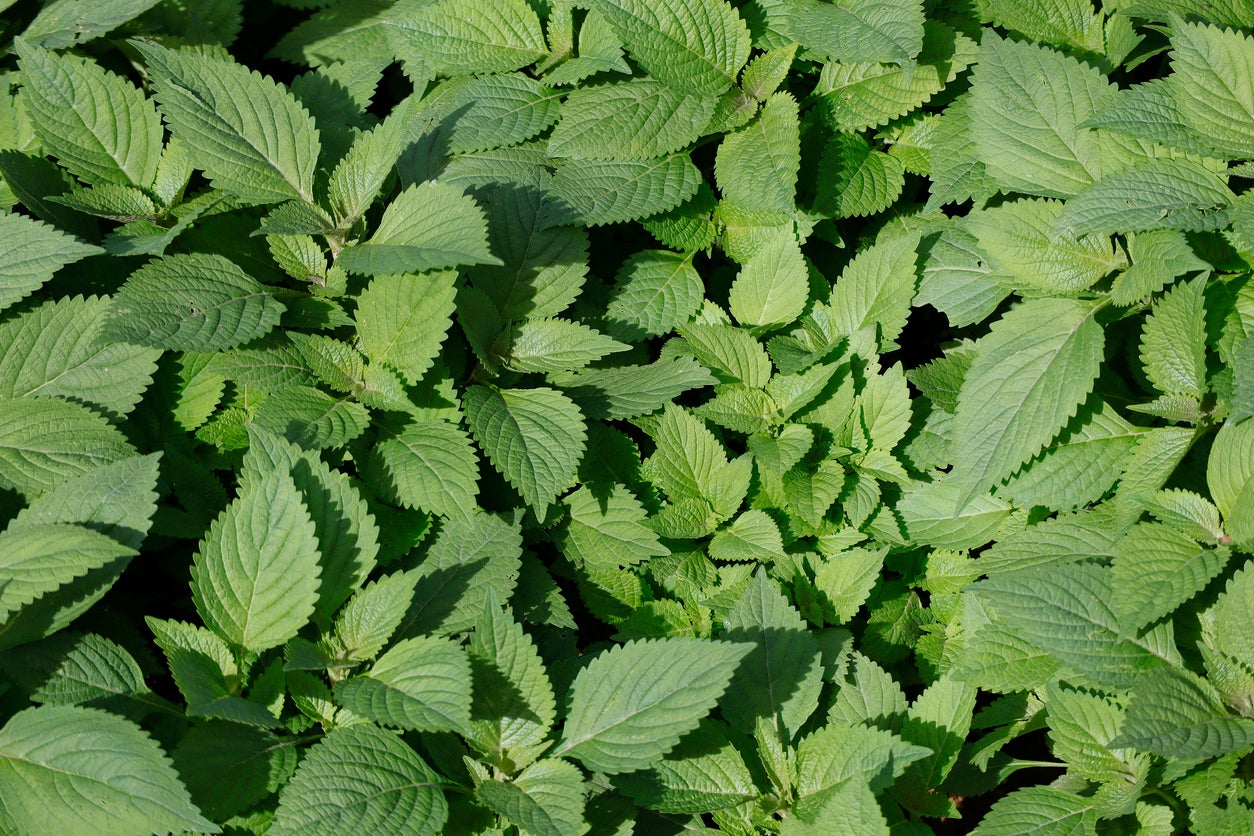Elsholtzia Mint Shrubs: Growing Mint Shrub Plants In The Garden


If you're looking for a low-maintenance mint plant that's attractive and a little bit different, you might consider adding Elsholtzia mint shrubs to the garden. These rare members of the mint family have woody, shrub-like branches near the base of the plant with herbaceous stems at the top. Mature mint shrub plants are circular in shape and covered with an abundance of edible, minty-fresh leaves.
What is a Mint Shrub?
Elsholtzia mint shrubs are native to China, particularly the ravines and open grasslands of the Himalayas where they can still be found growing. Mint shrub is also known as Chinese mint shrub. The genus and species name (Elsholtzia stauntonii) were dedicated to two men: George Staunton, who collected mint shrub plants while on a diplomatic expedition in 1793, and Johann Sigismund Elsholtz, a Prussian horticulturist.
There are about 40 different species of mint shrub plants growing in the wild. The most popular variety for home gardens has attractive 4- to 6-inch (10 to 15 cm.), spiky blossoms in beautiful shades of purple and lavender. White blooming types have flowers stalks reaching 6 to 8 inches (15 to 20.5 cm.) tall. Elsholtzia mint shrubs bloom from summer through fall.
Mint Shrub Care
Growing mint shrub plants is fairly easy, as they require little maintenance. They grow in most types of soil and are hardy in USDA zones 4 through 8. Mint shrubs prefer full sun, dry to medium moisture levels, and well-drained soil. There are no reported issues with disease or pests.
Finding Elsholtzia mint shrubs to purchase may be the biggest challenge. These herbaceous shrubs are not readily available from brick and mortar nurseries. Live plants can be purchased from internet sources.
Mint shrubs can be planted as a hedge or placed in a perennial border. They grow to a height of 3 to 5 feet (1 to 1.5 m.) and will spread an equal horizontal distance.
In some areas, the plant will die down during the winter months. In other locales, gardeners may wish to cut the mint shrubs back to ground level after they have finished blooming in the fall. Plants will grow vigorously in the next spring. Bloom quantity won't be hindered since mint shrubs produce flowers on new growth, not old.
Gardening tips, videos, info and more delivered right to your inbox!
Sign up for the Gardening Know How newsletter today and receive a free copy of our e-book "How to Grow Delicious Tomatoes".
As late-season bloomers, mint shrub plants also attract pollinators searching for the last remnants of nectar and pollen before the onset of winter. Choosing Elsholtzia mint shrubs as part of your landscaping design will not only add a delightful texture and splash of color to the garden, but the freshly harvested leaves can add a minty twist to your favorite summertime beverages.

Laura Miller has been gardening all her life. Holding a degree in Biology, Nutrition, and Agriculture, Laura's area of expertise is vegetables, herbs, and all things edible. She lives in Ohio.
-
 Terrifically Tubular Flowers For Hummingbirds: 9 Tube-Flowered Plants To Attract Hummers
Terrifically Tubular Flowers For Hummingbirds: 9 Tube-Flowered Plants To Attract HummersGrowing tubular flowers for hummingbirds helps you create the optimum feeding conditions for your winged friends. Here are nine tubed delights for hummers
By Tonya Barnett
-
 How To Grow Hydroponic Tomatoes For Fresh Indoor Harvests – No Soil Required
How To Grow Hydroponic Tomatoes For Fresh Indoor Harvests – No Soil RequiredLearning how to grow tomatoes in water is easy and allows you to harvest fresh-home-grown produce in every season without any mess.
By Ellen Wells